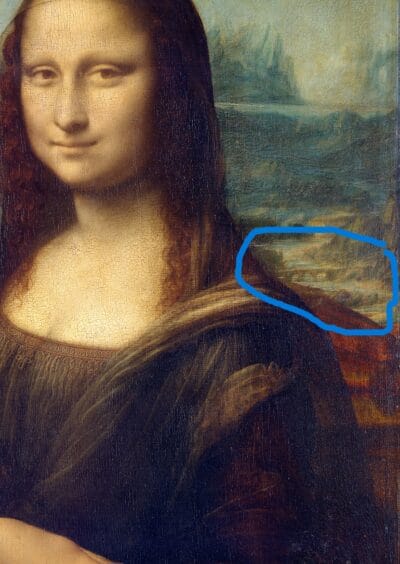The Gioconda or Mona Lisa has always been shrouded in mystery about who she is and where she was portrayed. The research carried out by the historian Silvano Vinceti leaves little doubt about the important discovery made on the Etruscan-Roman bridge Romito. After several theses defended by historians, which placed the place where Leonardo Da Vinci painted his famous painting La Gioconda or Mona Lisa on the medieval bridge of Bobbio, in the province of Placenza or on the Buriano bridge, in the province of Arezo, it has been firmly concluded that the landscape that appears behind the mysterious lady is the Romito bridge or Ponte di Valle, in the province of Arezzo.

Between 1501 and 1503, the period when Leonardo lived in the Val d’Arno in the service of Cesare Borgia and later of Pier Soderini, this portico was in full splendor and was widely used, as recorded in state documents, property of the Medicis, which are now in the state archives of Florence.
The structure of the Romito bridge consisted of four arches, supported on two cliffs, which were part of a road that shortened the distance between Arezzo, Florence and Fiesole. Today only one of the arches remains.
To make this discovery more credible, Vinceti took images with a drone and a virtual reconstruction of the bridge was made, attaching official documents that attest that Leonardo lived quite often in Fiesole with a priest, a relative of his, named Amadoro.
Five hundred years after this masterpiece, acclaimed and admired throughout the world, was painted, it seems that another of the great mysteries surrounding its creation has been solved.









